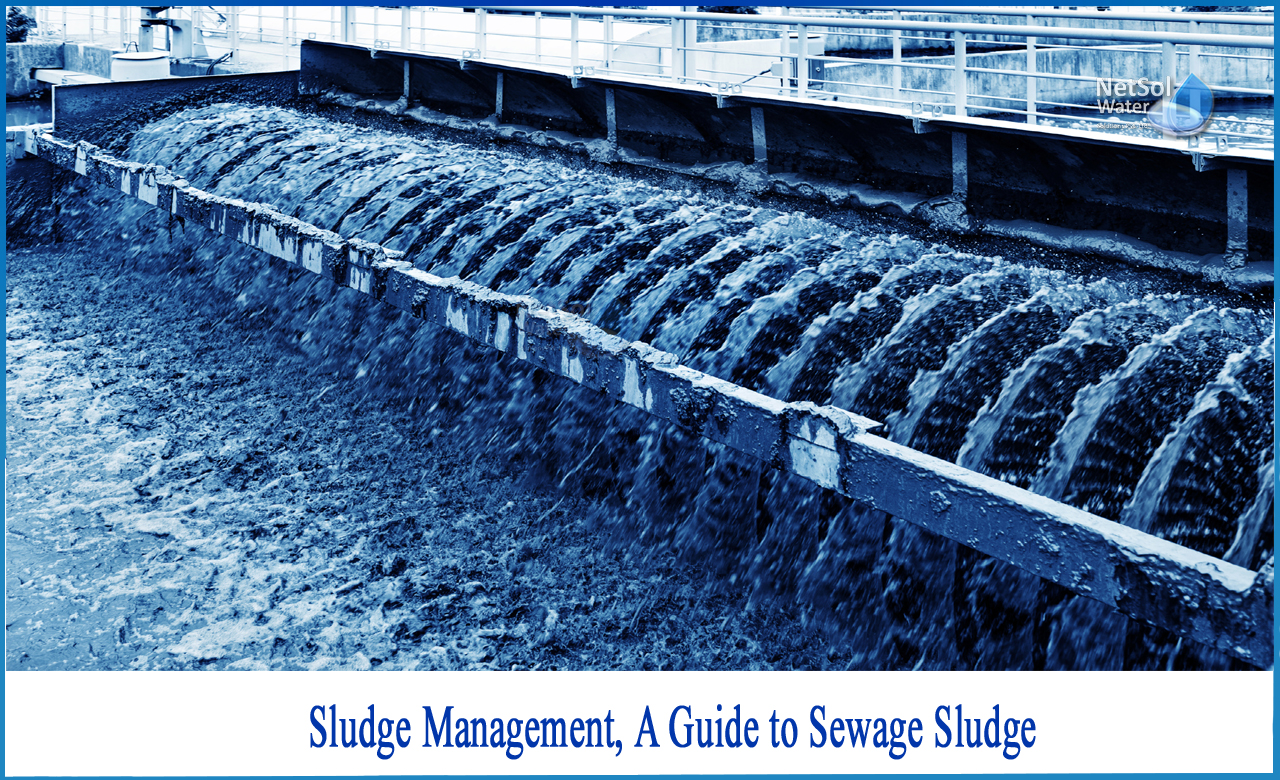What exactly is sewage sludge?
Sludge is a solid, semi-solid, and liquid residue that is separated from or formed by municipal operations. Sludge from other facilities, such as household septic tanks or minor treatment plants, may be imported into wastewater treatment plants. This organic waste must be carefully managed due to the massive amounts of wastewater being treated around the world.
Sludge is divided into two categories:
Primary and secondary.
The settled solids removed from wastewater during sedimentation make up primary sludge. Secondary sludge, which includes activated sludge and trickling filters, is primarily biomass produced by biological treatment.
Sludge contains a lot of nutrients, such as nitrogen and phosphorus. As a result, this organic matter can be used as a fertiliser or an organic soil improver once it has been processed.
Sludge is a waste product that can be turned into a useful resource!
To improve the prices and disposal alternatives, a variety of techniques are necessary to remove potential health concerns, remove water, and reduce the volume and weight of sludge. Sewage sludge, also known as biosolids or bioresources, can be turned from a waste into a valuable resource and sellable product with the proper treatment.
Sludge is made up of organic matter that is removed from and formed during the wastewater treatment process.After this sludge has been treated to remove pathogens and generate a stable product, biosolids are created.
Biosolids can be use?d as a substitute for synthetic fertilisers to assist enhance soil quality and fertility while also stimulating plant growth.
In addition to the potential for agricultural fertiliser production, industrial and municipal sludge can be used to generate biogas for power generation.
Before being put to land, biosolids must meet tight regulation and quality standards, depending on the country. Biosolids and sewage sludge treatment and land application procedures differ significantly from country to country. In some areas, sewage sludge is subjected to advanced treatment and land application, whereas in others, such treatment is uncommon and sewage sludge is discarded.
Most nations that perform land application have legislation or guidelines in place that define the quality levels that must be met for a safe application. These standards are usually based on the presence of heavy metals and pathogens in the input materials and/or the final product.
Sludge from wastewater
The process of repurposing sewage sludge is known as sludge processing. The purpose of sludge processing is to minimize sludge volume while also reducing pathogens and generating a stable product in circumstances where it is recycled to land.
A secondary goal is to produce biogas for energy production and/or to recover usable materials like struvite (phosphorus). Sludge can be treated in a variety of methods for various uses, but they all require thickening, dewatering, and a process like anaerobic digestion, composting, or thermal treatment.
The three stages of the? sewage sludge treatment process are thickening, digesting, and dewatering.
1: Thickening: This might happen both before and after the digesting and dewatering facilities are used. To lower the volume of sludge produced by wastewater treatment, thickening is required. By lowering the size of the buildings and equipment’s, as well as the running expenses, this improves conditioning, stabilization, and dewatering. The size of the treatment facility and available space are usually factors in deciding which thickening method to use.
Dissolved air flotation and rotary drum thickening, like one from Netsol Water Solutions, are common sludge thickening methods, as well as centrifuge thickening, which is less prevalent.
2: Dewatering: The residual sludge is dewatered before final disposal. Because the sludge still contains a lot of water, it's critical to dry it off and dewater it. Sludge-drying beds are a frequent approach for this operation, but they can be time demanding. Solid-liquid separators, such as centrifuges, rotary drum vacuum filters, belt filter presses, screw presses, and centrifuges, are an option. It allows for the retrieval of water and the simpler handling of solid waste in shorter periods of time and at lower prices in the centrifuge process.
3: Digesting: Digesting sludge with anaerobic digestion (without oxygen) can lower the amount of the material by decomposing the biomass and recovering biogas. With utilities facing expanding sludge output and increasing disposal challenges, such as prices and regulations, this could be a helpful use. Anaerobic digestion converts organic materials into a gaseous product, such as methane, using anaerobic microorganisms.
What can we offer?
Netsol Water is a significant water and wastewater treatment firm in India, offering WTP, WWTP, STP, ETP and RO Plant manufacture, as well as sludge waste management, among other services. The company creates equipment’s and is committed to providing practical solutions that help businesses flourish. We are committed to providing our valued customers with hands-on service, expert counselling, and training.
Netsol Water is Greater Noida-based leading water & wastewater treatment plant manufacturer. We are industry's most demanding company based on client review and work quality. We are known as best commercial RO plant manufacturers, industrial RO plant manufacturer, sewage treatment plant manufacturer, Water Softener Plant Manufacturers and effluent treatment plant manufacturers. Apart from this 24x7 customer support is our USP. Call on +91-9650608473, or write us at enquiry@netsolwater.com for any support, inquiry or product-purchase related query.



